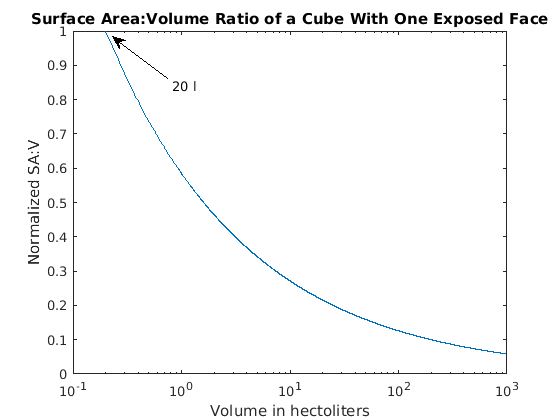I had Hofbrau Oktoberfest relatively fresh once at an Oktoberfest celebration here in the state's and it blew my mind.
I found this thread a month or two ago after tasting HB's Oktoberfestbier for the first time. Almost necro'd it just to say "Woo-hoo". I wouldn't say the beer was "life changing", but I think it's my favorite beer now.
If the goal is to make something similar to the modern beers that are served nowadays in the tents in Munich, you guys are barking up the wrong tree with the decoctions and all that. Decoction mashing may have been commonplace 100 years ago, but the beers back then tasted nothing like the beers made today.
Modern, commercial breweries in Germany of course emphasize all of the things that we normally consider to be "good brewing practice", like healthy fermentation and minimizing oxygen exposure post-fermentation as far as possible. But they also emphasize several additional quality control standards that don't get talked about as much by homebrewers:
1) Very, very low oxygen exposure throughout the hot side of the process. This includes removing the dissolved oxygen that is
already in the brewing water, because it's already oxygen saturated coming from your pipes - something that most homebrewers who have tested HSA unfortunately overlooked. Completely separate from the development of the "cardboard" flavor that people usually cite, low amounts of HSA (as in the amount of HSA caused by the initial dissolved oxygen load of the brewing water as it arrives from your faucet) result in a "dulling" of the malt flavors that are a central part of the German lager flavor.
2) Minimal exposure of the wort to excessive heat. This is measured via something called the thiobarbituric acid index (TBI). The wort is like a prime steak, in the sense that you want to cook it to a perfect medium rare. Undercooked isn't good (DMS, failure to achieve good protein break, etc.), and overcooked isn't good (formation of reductones and cooking-out the "fresh grain" malt flavors). If you're evaporating more than about 8-10% of your wort volume during the boil, or noticing a large color difference between pre-boil and post-boil wort, then you have a problem.
3) Very pure brewing water, free from contaminants like metals leeched from piping (iron and copper) or poorly passivated equipment. You need to get rid of these sources of metals, because once they're in the wort/beer, they catalyze the formation of free radicals (read up on Fenton's reagent) that rapidly destroy the "fresh" grain and hop flavors characteristic of German lagers, including festbier.
There are other unique things that they do, like using soured wort to adjust mash pH (instead of technical acids), but the above 3 points are the most important factors that most people are unaware of.
Look into the LoDO/low oxygen brewing stuff if you are serious about making a "true German festbier".
There are plenty of American craft breweries who are following the historic/traditional methods. If you do the same, your beer will probably end up tasting like theirs. Ask yourself: have you ever had an American craft brewed lager that tasted like the Hofbrau Oktoberfest?
If you want to brew something that tastes like the modern German lagers, then you need to try to replicate the process that they are actually using nowadays, instead of what they did 100 years ago.
























































![Craft A Brew - Safale BE-256 Yeast - Fermentis - Belgian Ale Dry Yeast - For Belgian & Strong Ales - Ingredients for Home Brewing - Beer Making Supplies - [3 Pack]](https://m.media-amazon.com/images/I/51bcKEwQmWL._SL500_.jpg)




